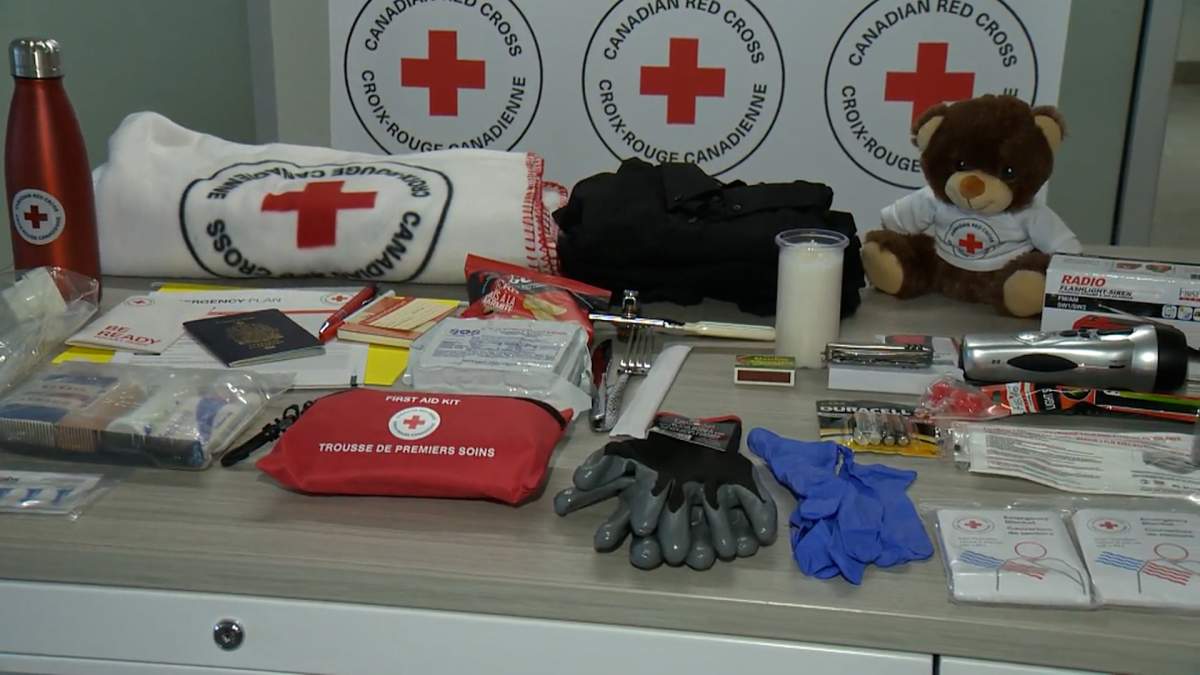Wildfires have long been an annual risk for many Canadians.

However, as communities grow, increasing the wildland-urban interface, and feel the impact of climate change, the chance of wildfires impacting more people and homes also increases.
Whether in urban or rural areas, there are steps Canadians families can take to prepare for wildfires and protect their property. The information below is not an exhaustive list, but helps provide a basic framework to help you and your family stay safe during wildfire season.
Have a plan
Having an emergency plan is the first step to being prepared. Homeowners and renters should know multiple safe routes to get out of their home and communities, and practice using them.
Having a designated place to reunite with family and loved ones is helpful in the event you are not all together when you have to leave. Families should also assign someone to transport children, pets, seniors and other loved ones who cannot travel on their own.
Anyone with pets should create a list of pet-friendly places they can go, including evacuation centres, hotels and other family.
Wildfire season is also a time when many people are travelling. Anyone who heads out of town should make sure someone has their contact information.
Local radio stations and news channels will have up-to-date information on the current wildfire situation.
The Canadian Wildland Fire Information System also has an interactive map for Canadians to monitor the wildfire situation in their area. Anyone can report a wildfire sighting by calling 911 or their province or territory’s specific phone number:
- British Columbia
- Alberta
- Saskatchewan
- Manitoba
- Ontario
- Quebec
- New Brunswick
- Prince Edward Island
- Nova Scotia
- Newfoundland and Labrador
- Yukon
- Northwest Territories
- Nunavut

Putting together an Emergency Kit

Get breaking National news
With an emergency plan in place, the next step is to assemble an emergency kit that will be ready to go in the event of an emergency evacuation.
Each emergency kit will be catered to a family’s specific needs, but should include a few necessities such as water, shelf-stable food, a can opener, flashlights, a radio, extra battered and device chargers, medication, cash, blankets, a first aid kit and copies of important documents such as passports, birth certificates and home insurance.
Other items that families may want to bring include specific toiletries, pet supplies, tools, specialized clothing, games, books, toys and other items to pass the time while under evacuation.
It’s recommended to have enough supplies for everyone to last at least 72 hours.
What to do around your home
Homes should also be maintained to prevent the spread of wildfires and minimize any damage.
The first step is to move combustible items at least 10 metres from the home. These include items such as campfire wood, fuel containers, planters, garbage and patio furniture.
Debris should also be cleared from the yard, roof and gutters, and the lawn should be mowed short.

During a wildfire, communities may be put under an evacuation alert or an evacuation order. An alert means people can stay in their homes, but should be prepared to leave at a moment’s notice. An evacuation order means there is significant and imminent danger and people must leave immediately.
In the event of an evacuation order, property owners should turn off the gas and electricity to their homes. Windows should also be closed and vents should have screens or one-way airflow shutters to prevent embers from entering the home.
Ensuring all vehicles have enough fuel to reach a safe destination will prevent a last-minute scramble for gas.
Farm or ranch owners are encouraged to let livestock out of their shelters in case they need to escape, or if there is time to get the animal out of the danger zone.
More information is also available at getprepared.gc.ca.









Comments